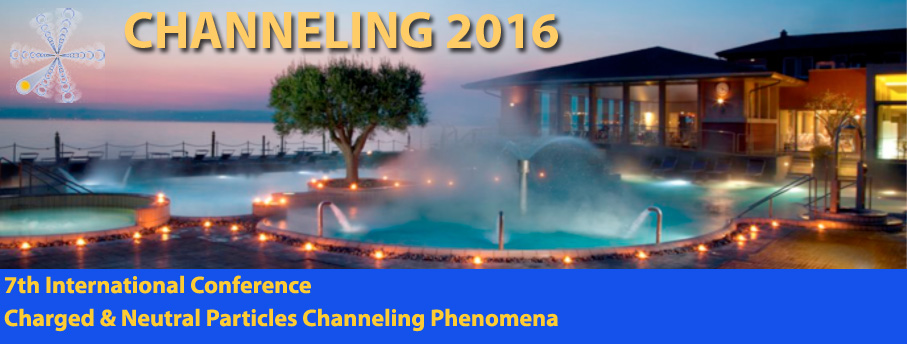Speaker
Dr
Micola Bondarenco
(Kharkov Institute of Physics and Technology)
Description
Generic structure of spectra of non-dipole radiation from ultra-relativistic electrons is discussed on two examples:
1. Radiation accompanying double hard scattering of an electron with a time interval T.
2. Passage of an electron through a domain of uniform magnetic field of finite length T.
In both cases, we will assume that electron deflection angles are small compared to unity, but much greater than electron's Lorentz factor. It is demonstrated that under such conditions, there emerges
an hierarchy of photon frequency scales, and the spectrum can be
presented as a sum of terms (some of which split in two factors),
depending on a single scale of omega, i.e., related with a
particular type of a coherence length. As a whole, there can be
distinguished three types of coherence length: ``free", deflection
angle dependent, and transverse. The spectrum at double hard
electron scattering involves two types of oscillations:
collinear-collinear interference (from two ends of a ``semi-bare
electron" state), and soft-collinear interference (between collinear
radiation from one of the external electron lines and soft radiation
from the adverse trajectory break). For the spectrum at electron
passage through a finite magnet, there are only oscillations due to
soft-collinear interference, since there is no straight ``semi-bare
electron" segment. In the latter case, the spectrum can be divided
into a synchrotron-like component proportional to the magnet length
T, and boundary contributions independent of T. The separation into
volume and boundary contributions, as well as the soft-collinear
interference, should be present also for electron passage through
other targets, such as thin crystals or an amorphous target of
thickness T.
Primary author
Dr
Micola Bondarenco
(Kharkov Institute of Physics and Technology)

